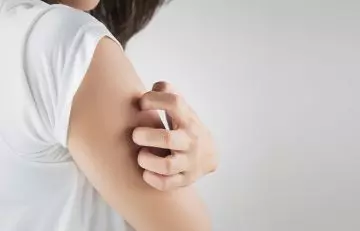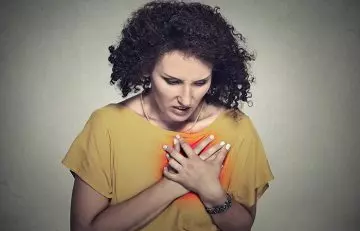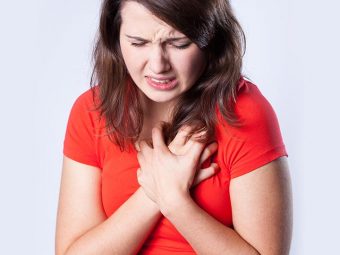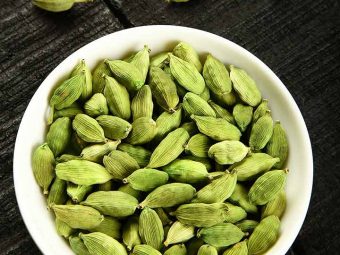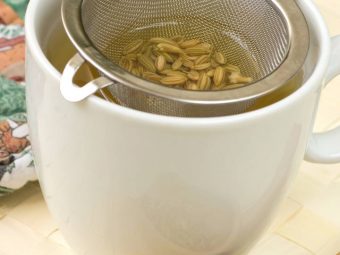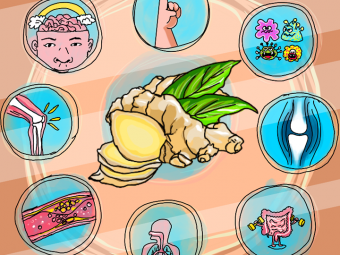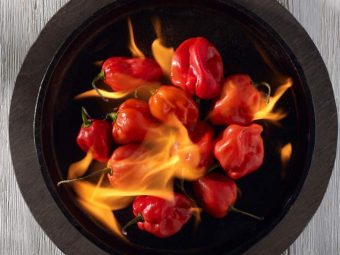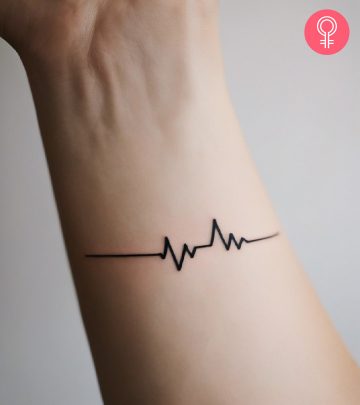How To Distinguish Between A Heart Attack And A Panic Attack? Must-Know Facts!
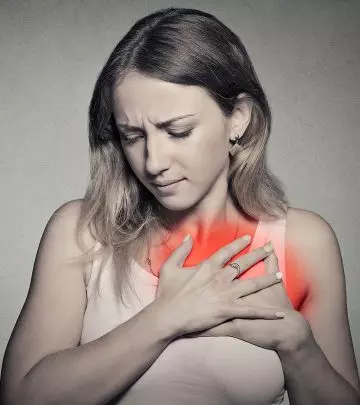
Image: iStock
Imagine for a moment that your heart is racing, and there is pain in your chest. Your body goes into a limbo, and you are not able to tell if it’s a heart attack.
There is widespread confusion regarding this condition because both panic attacks and heart attacks can feel threateningly similar – a feeling of shortness of breath, palpitating heartbeats, pain in the chest, giddiness, vertigo, numbness, tingling of hands and feet, breaking into perspiration, being unconscious or involuntary shaking.
Some people even experience a mental blackout and become unresponsive, as if they aren’t going to live. Since it is so prevalent, given today’s scenario of stress-prone lives, it becomes mandatory that people are made aware of the fundamental difference between the two.
One must remember that a panic attack is almost involuntary or can be triggered by anxiety. However, it is not life-threatening. On the other hand, a heart attack is much more dangerous, and it demands immediate medical attention.
It is rather unfortunate that while people can still relate to the symptoms of such massive cardiac arrests, the silent heart attacks often go unnoticed. They pose equal harm in the long run, when undetected.
It is indeed scary that you can have a heart attack and not even know it! A silent heart attack, also known as a silent myocardial infarction (SMI), in fact, accounts for 45% of heart attacks and strikes men more than women (1). It is termed “silent” because when it occurs, the symptoms lack the intensity of a classic heart attack. They are much milder in nature, and such mild pain in the throat or chest is often dismissed as gastric reflux, indigestion or heartburn. Moreover, in women, the heart disease symptoms are sometimes mistaken for a panic attack.
Let us find out which are the most prominent symptoms that can be associated with panic attacks.
Symptoms Of A Panic Attack
- Increased heart rate and palpitation.
- Sharp or stabbing chest pain that lasts for only 5 to 10 seconds and occurs at intervals.
- Pain and a constant tingling that is not localized to one small area or the left arm. It can spread to the right arm, legs, and even the fingers.
- Pain that accompanies anxiety.
- Soreness that is relieved or worsened when you change positions.
- Discomfort that can worsen by pressing over the area of pain.
- A general incoherence with unreasonable jitters that prevents rational behavior.
Simple measures to prevent panic attacks can be:
- Control Your Breathing
Take in slow, deliberate breaths and fight the urge to breathe too fast or too full. Do this any time you feel you are panicky. While you may not be able to stop the attack, you will be able to reduce its severity.
- Visit The Doctor
Though panic attacks are rarely caused by any type of health hazard, visiting a doctor is an important reassurance you need to move forward with the treatment.
- Healthy Lifestyle
Maintaining a healthy lifestyle is also a crucial part of overcoming your anxiety. Along with a healthy diet, sleep is perhaps the most important. Sleep debt causes a host of problems that tend to trigger panic attacks, like headaches, weak muscles, and trouble in focusing. Also, exercises should be added to this regimen because healthy living is an important part of overcoming both panic and heart attacks.
- Adapt To Triggers
You can hyperventilate on purpose; you can get your heartbeat racing by running in one place or performing a physically strenuous task. There are many different strategies you can use to get used to each physical trigger of your panic attacks, so they cause less fear when they occur.
Symptoms Of A Heart Attack
The most significant symptoms accompanying a heart attack are:
- Escalating chest pain that is constringing and reaches maximum severity after a few minutes.
- Constantly feeling pressure and fullness, with the aching centered around the chest area.
- Pain and discomfort that move and radiate from the chest to other areas like both the left and right arms, shoulders, neck, jaws, back, and even the abdomen.
- Pain that is escalated by exertion.
- Shortness of breath.
- Breaking into cold sweat.
- Feeling of heartburn and indigestion.
- Fatigue and light-headedness with or without fainting spells.
The possible steps to be taken during a heart attack include:
- Call for emergency medical help.
- Consider chewing aspirin while waiting for the emergency medical services to arrive.
- Self-Administered “treatments”, such as coughing repeatedly or applying pressure on the chest area might be of some help.
Dr. Ried Wilson, a noted expert, suggests that for someone who has had a heart attack and also has panic attacks, the symptoms must be identified, and that must trigger an immediate trip to the emergency room, under a physician’s supervision (2). Whether it turns out to be another panic attack or not, this person should treat those symptoms as a possible heart attack. He or she is to treat all other symptoms as signs of anxiety or a panic attack, even though they may feel like a heart attack.
Recent researches have come up with certain findings, which suggest that people who have been diagnosed with panic attacks or panic disorder under 50 years of age have an increased danger of developing heart disease or suffering a heart attack later (3). The conclusions of this study can’t be said to be definitive, and any absolute chance for the increase in heart disease and heart attack were not confirmed. More studies must be conducted to find out whether panic disorder is a risk factor for developing heart disease. But the link between the two can’t be dismissed entirely.
Whenever there is a doubt about the possible symptoms, one must immediately seek medical help. Only medical tests can effectively mark the possibility of a heart attack. Once the chances of a heart attack are estimated, one can seek effective treatment, such as talk therapy and medication.
We hope you found this article useful. Let us know your feedback by commenting in the box below.

